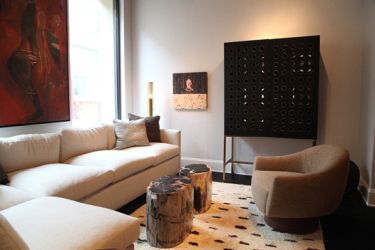Interior Fusion – The Influence of Asian Art on Western Interior Design
PRIMITIVE - Friday, December 16, 2016By Glen Joffe
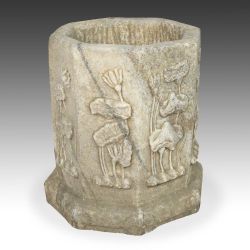 |
|
One of the best places to get lost in is a museum. If you found yourself lost in the Metropolitan Museum of Art in New York, you might be looking at Egyptian hieroglyphics one moment and ancient architectural temple details the next. Walking into dim hallways you might find yourself surrounded by Asian art; Japanese in one area, Chinese in another, and Southeast Asian in still another. At a singular moment, you might stop to examine a large glass cabinet showcasing a flaring blue and white dress strikingly similar to the designs on a nearby ceramic jar. Moving on you could discover adjacent rooms accented with fashionable oriental garments; and soon you would find all were part of an exhibition called China through the Looking Glass. The exhibition focused on the influences of historical Chinese art on contemporary western fashion. Walking beyond ancient earthenware pots and slit silk dresses you might begin to contemplate the wider range of China and Asia's influence on the west; beyond fashion to the realm of interior design.
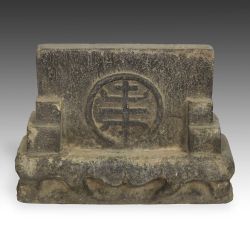 |
|
In the past several decades, a new movement has surfaced in the interior design world; eclecticism. This style combines the fashions and designs of multiple periods, from ancient to contemporary and East to West, for example. The popularity of eclecticism has risen as people – especially interior design professionals - discovered a vast array of objects, art and furniture can be united to create an atmosphere of sophistication and elegance. Eclecticism aims to create a whole that is greater than the sum of its parts, which echoes certain concepts behind an ancient Chinese philosophy called Feng Shui.
Feng Shui is a Chinese philosophical system designed to create harmony between the individual and their environment. The term Feng Shui literally translates as wind-water in English. Feng Shui teaches among other things the importance of bringing both balance and meaning into a home through the placement of certain interior objects. For example, images or statues of dragons are symbols of protection and good fortune, as well as wisdom, strength and creativity. Budai, or the laughing Buddha is symbolic of wealth and prosperity, and the figure of a turtle represents longevity and immortality. This illustrates, art in China has never been for the sake of art alone. From paintings and furnishings to objects of both major and minor significance, art has always combined aesthetics and meaning. This is also true for many other Asian countries. The result is that in today’s world, eastern concepts of home design and Asian objects are emerging as a source of harmony and peace in the west.
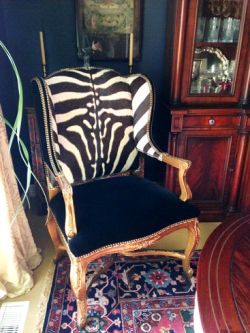 |
|
The fusing of modern interiors with antique objects has now become a trend as many in the professional design community have come to realize how different styles can be complementary. The clean lines and graceful curves prevalent in a great deal of Chinese furniture often combine beautifully with the sleek forms of thoroughly modern designs. They can make the perfect counterpoint. For example, Ming and Qing dynasty yoke back and horseshoe back chairs feel right at home in contemporary spaces laced with modern Italian designs. Yet, where these objects are placed in the home has been given increased significance because of the influence of Feng Shui.
Feng Shui is also more than a study of the interaction between the individual and their environment. It is frequently referred to as the art of placement. Where furniture, objects and art are placed can determine the level of comfort, harmony and energy in any space. Feng Shui can also be called a study of the relationship between environments and individuals with the object being to design environments enhancing the conditions for health, wealth, and harmony. It has been practiced for thousands of years in China, beginning with selecting a place to build a house and then incorporating objects that would bring good fortune and opportunity to its inhabitants. Now it is being practiced more and more in the west, even by mainstream interior designers.
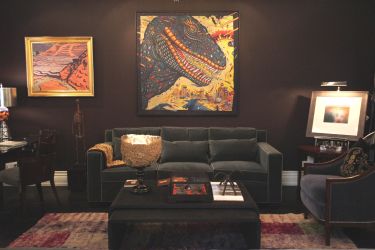 |
|
There are several key concepts of Feng Shui. One of them is chi, the invisible life force that binds humanity, earth and the universe. Since ancient times in China, understanding the flow of chi in any environment was considered of utmost importance in designing a space. It was always understood chi could be found in the objects and furnishings of the home as well as in circulating energy throughout the spaces. The goal was to keep the energy circulating within the home rather than let it flow out through doors, windows or openings. The idea was that a negative flow of chi or blocked chi would adversely affect spaces. Today, designers in the west are recognizing the importance of “energetics” in the spaces they create; and this recognition is due to a great extent on the influence of ancient Feng Shui practices found in modern design.
Another major principle associated with the practice of Feng Shui is the principle of Yin Yang. According to this principle, everything in the universe consists of two opposing forces called Yin and Yang. These forces are also interconnected. Health, wealth, and harmony are created when these forces are balanced. Translated into interiors, yin yang can be viewed as the balance between everyday opposites; for example, hot and cold, light and dark, and soft and hard. It is a principle that has risen from the area of “design intuition” to a thoughtful consideration on just about every design project.
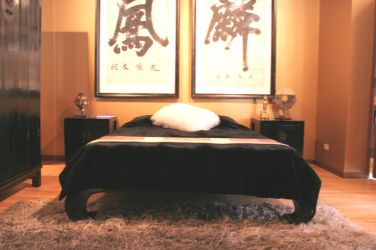 |
|
An in-depth look at Feng Shui is the subject of a future blog; but at its core is the goal of setting up a home or space so that it will promote a harmonious flow of energy to bring good fortune and harmony. The influence of Asian art and furniture on contemporary western design cannot be understated. Designing a beautiful space is one thing. Designing a beautiful, meaningful space is another; and doing the latter in a conscious way is yet another. At Primitive, we have seen a flood of authentic, high quality Asian art and antiques pass through our hands over the decades that we have been directly importing them. The vast majority found their way into designed spaces owned by collectors and lay people alike. The common thread among all these “conveyances” was the idea these objects would enhance the lives of all those who found themselves in these spaces. It is an idea increasingly at the forefront of collecting and designing, especially in western households that have embraced Asian art.
